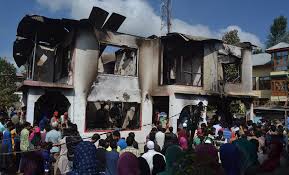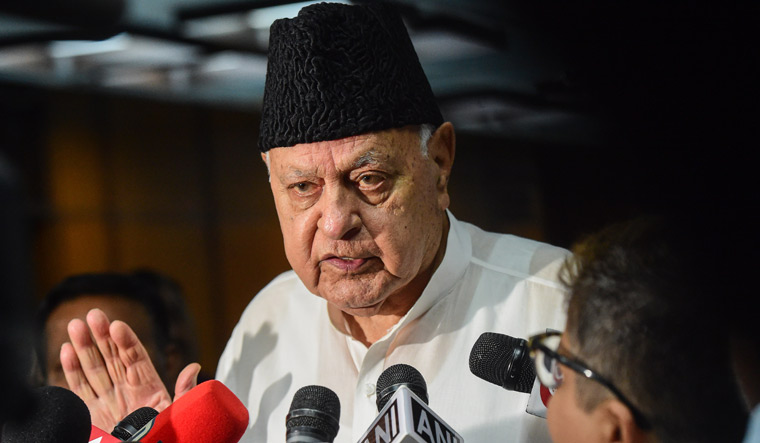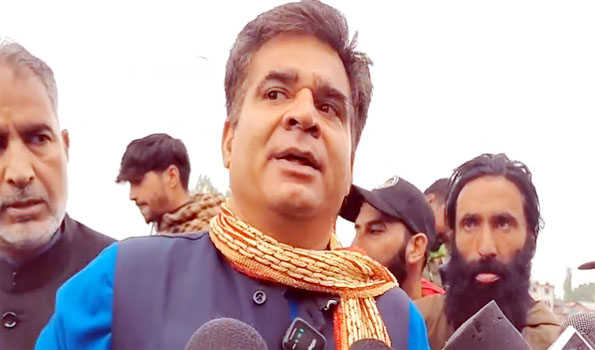The recent agreements between India and US to purchase American armaments call for a quick analysis of the challenges on the ground. The sobering fact is that the threat of conflict could turn out to be far closer than the prospect of those armaments becoming operational.
China’s response was immediately belligerent. It described the prime minister’s visit to the US as provocative. And it extended its own border provocations from Arunachal Pradesh to Sikkim on the other side of Bhutan. As if that weren’t enough, there are disconcerting reports of a build up of Chinese troops and equipment in the vicinity of Ladakh.
One must get real about one thing: the US record of pursuing its own interests is outstanding. It announced an upgradation of its relationship with India while India bought weapons from it, but it did not slacken up on H1B visas. The extent to which it would get involved if push comes to shove between China and India is an open question.
Even European powers have become worried about US commitment to treaty obligations under Trump.
Convergence of challenges
An extraordinary challenge may surface in the state of Jammu and Kashmir in the near future. The scenario that is growing is the convergence of youth rage on the streets of Kashmir, of Pakistan’s efforts to wrest control of the Valley and of China’s determination to weaken India.
The government has viewed each of those challenges as separate for far too long and has struggled to handle each one of them. The distressing fact is that the situation is deteriorating on each of those fronts. And neither policymakers nor analysts have focused yet on how to tackle the challenge as a composite.
Those challenges have been growing in tandem for at least nine years. But policymakers have remained cocooned in their beliefs that the three issues were separate, that each was barely a challenge at all, and that all they needed was a US backing.
Prevention better than combat
Policy responses have already moved a great distance in directions that make a course correction almost impossible at this stage. In broad strokes terms, there were two ways to handle this composite challenge. One was preventive. The other was combative.
The latter has gathered steam over the past few months. It appears to be a reaction to belated realisations of ill-intent rather than initiatives. It includes tough stances towards China, bellicosity towards Pakistan, Islamophobia, and the purchase of armaments.
Prevention would have involved reaching out to the new generation of Kashmiri youth, remove the causes of their rage, and counter the influence of radical discourses (radical in both political and religious terms) among them. It is tragic that instead of reaching out to Kashmiri youth with administrative, political and educational initiatives, the government has presided over their further alienation for the past several years.
The Kashmiri population at large, and particularly, the millennial generation of teenagers, is extraordinarily alienated now. Their anger has grown since 2014 — over insensitivity on flood relief and rehabilitation, the broken promises that the coalition has represented, beef vigilantism, efforts by RSS activists to undermine the state’s autonomy, and overall failures on the administrative and political fronts.
Without the tinder which youth rage provides on the ground in Kashmir, neither Pakistan nor China would have been so emboldened. As things stand, the duo have moved implacably towards meeting combativeness with greater confrontation. They have ensured that militancy, mass youth unrest, and the radicalisation of Kashmiri youth, are unstoppable.
Huge alienation
The first thing one needs to know about Kashmir is that the really potent challenges to the Indian state have resulted from the combination of two factors: local alienation and Pakistani support.
The converse is equally true. Neither Pakistan nor other powers can succeed when local people are supportive of the status quo. That was evident in 1999, when the China-Pakistan axis made the big mistake of moving in via Kargil; the people of Kargil were totally with India.
Pakistan had badly miscalculated in 1965 too, when it tried to take over Kashmir through what it called Operation Gibraltar. Apart from pockets such as Batmaloo, local people gave the Indian Army information about infiltrators (among whom were Pakistan Army regulars in mufti).






